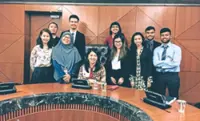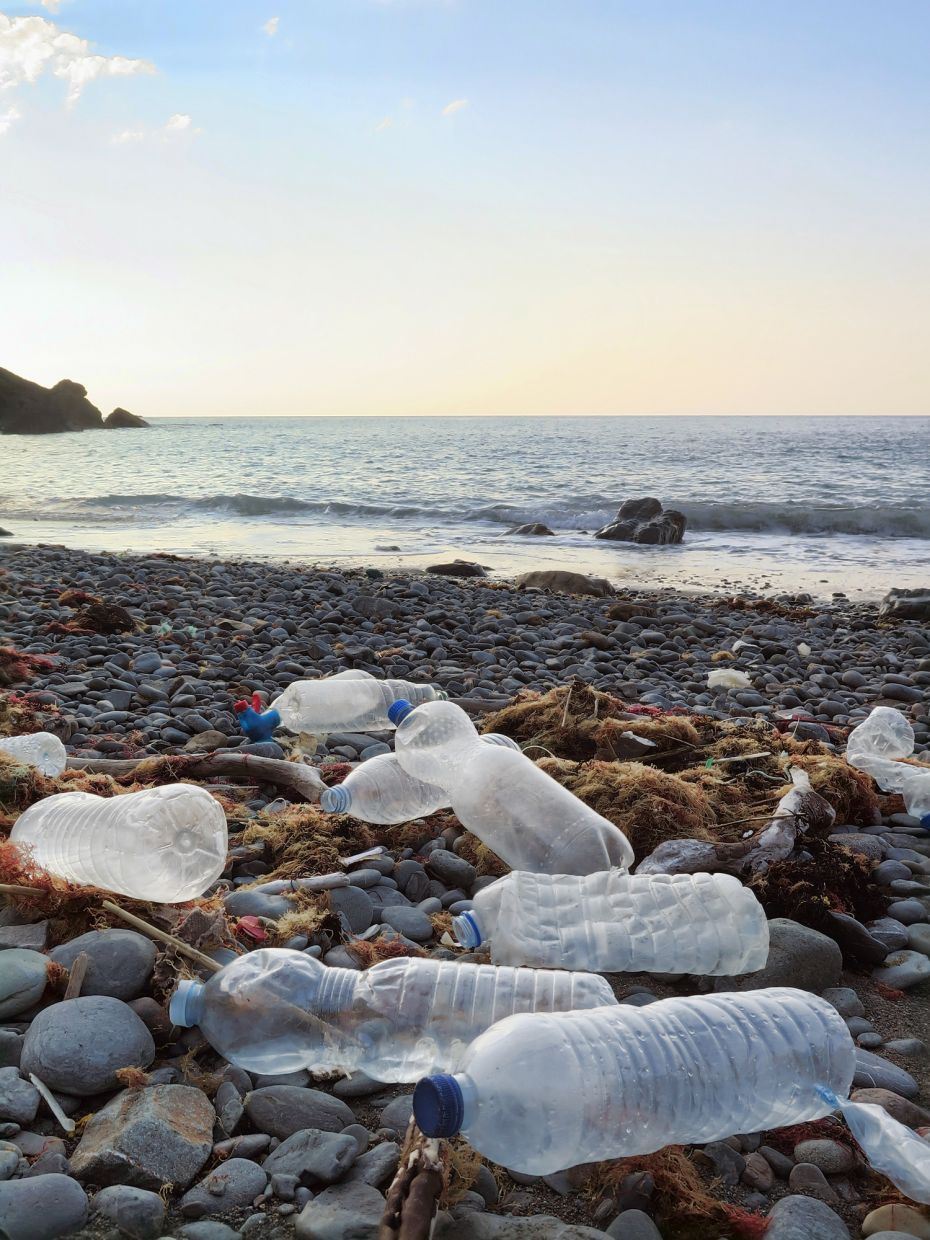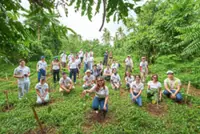Plastic has become deeply embedded in our modern lives. From packaging to electronics and even medicine, it is so widely used that imagining life without it feels almost impossible. In Malaysia, where plastic products are cheap and easily accessible, this dependence is especially pronounced. But this convenience comes with a growing cost—an escalating crisis of plastic pollution that is impacting our rivers, coasts, oceans and marine life.
Where is all this plastic coming from?
The main sources of plastic pollution in Malaysia are land-based, including household waste, single-use packaging and unmanaged plastic litter. Unfortunately, waste separation at the source remains low. Most Malaysians still dispose of all their waste—including recyclables—into a single bin, which reduces the value and recyclability of plastic.
Our rivers, particularly the Klang and Kerayong, act as direct channels for this waste to reach the sea. Our own recent study on the Kerayong River, conducted with WWF-Malaysia, found worrying levels of plastic accumulation, especially in urban areas. Plastic items such as wrappers, food containers, and sachets are among the most common.
In addition, fishing-related waste—including abandoned, lost or discarded fishing gear (ALDFG)—contributes to marine debris. Ghost nets and traps not only pollute but also entangle marine life.
How bad Is Malaysia’s contribution?
Malaysia has been listed among the top contributors of plastic waste per capita in the region. Rivers like the Klang and Penang’s Sungai Pinang are often cited in global assessments as some of the most polluted. Coastal areas in Selangor, Penang, Johor and Sabah have emerged as plastic pollution hotspots due to population density and poor waste management infrastructure.
Impact on marine life and livelihoods
As a researcher focused on microplastics and marine debris, I have studied the presence of microplastics in marine organisms such as blood cockles (Anadara granosa), mudskippers, shrimps and hermit crabs. In one study, we found over 80% of cockles sampled contained microplastics—an alarming discovery, considering these are commonly consumed by local communities.
The ingestion of plastic particles can harm the health and reproductive systems of marine species and may also carry toxic pollutants into the food chain. For small-scale fishers, especially those in coastal and estuarine areas, plastic pollution affects both their livelihoods and fishing efficiency. Nets become clogged, habitats degrade, and fish stocks dwindle.
Are our waste systems working?
Malaysia has made some strides through national roadmaps and plastic reduction strategies. However, recycling remains a challenge. Plastic recycling rates are low, and without consistent public participation in waste separation, it is difficult to scale up solutions. Many recyclables are contaminated and end up in landfills.
The lack of a nationwide Extended Producer Responsibility (EPR) scheme also limits progress. Producers need to be held accountable for the full life cycle of their products, including their disposal.
Are businesses stepping up?
There are encouraging examples of Malaysian businesses embracing sustainability, particularly in packaging and retail sectors. Some retailers are offering collection points for used plastic, while others are investing in biodegradable alternatives. However, many companies still view environmental efforts as optional rather than essential. Broader uptake is needed, especially from manufacturers and producers.
A role for communities and collaboration
Despite the challenges, local communities, NGOs, and universities are playing a crucial role in raising awareness and driving change. At Universiti Malaya, through the Centre for Research in Waste Management, we have been actively collaborating with NGOs like WWF-Malaysia to conduct studies, hold workshops and support education programmes to improve waste practices.
Our Centre is also involved in organising an upcoming Information Exchange on Marine Debris and ALDFG Countermeasures in the Asian Region, supported by SEAFDEC (Southeast Asian Fisheries Development Center). This initiative brings together Asean member states to share strategies, build capacity and align efforts to tackle marine debris, especially fishing gear waste, which is often overlooked in policy.
The problem with data
One of the biggest gaps in tackling plastic pollution in Malaysia is the lack of accessible, long-term data. Without consistent monitoring and transparent reporting, it is difficult to track progress, identify trends, or evaluate the impact of interventions. As researchers, we rely heavily on our own field studies, but we need a national monitoring framework that links policy with science.
What should Malaysia focus on next?
To meaningfully align with global efforts and protect our ocean health, Malaysia should:
> Strengthen waste segregation by incentivising households and businesses.
> Implement mandatory producer responsibility for plastic packaging and other high-impact sectors.
> Invest in innovation, such as microbial bioremediation—one of my research areas explores how indigenous microbes in mangroves can help break down plastics.
> Support coordinated regional action through platforms like SEAFDEC and Asean-level dialogues.
> Improve data collection and public transparency to guide action.
Final thoughts
World Ocean Day 2025 is more than a commemoration—it’s a wake-up call. Our oceans support food security, biodiversity, and climate stability. In Malaysia, we have the science, community support, and even some policies in place. But we need more urgency, stronger enforcement, and a united commitment from all sectors—government, industry, academia and citizens.
If we act decisively, we can protect our marine ecosystems and help build a future where plastics no longer chokes our waters, but is managed responsibly from production to disposal.







